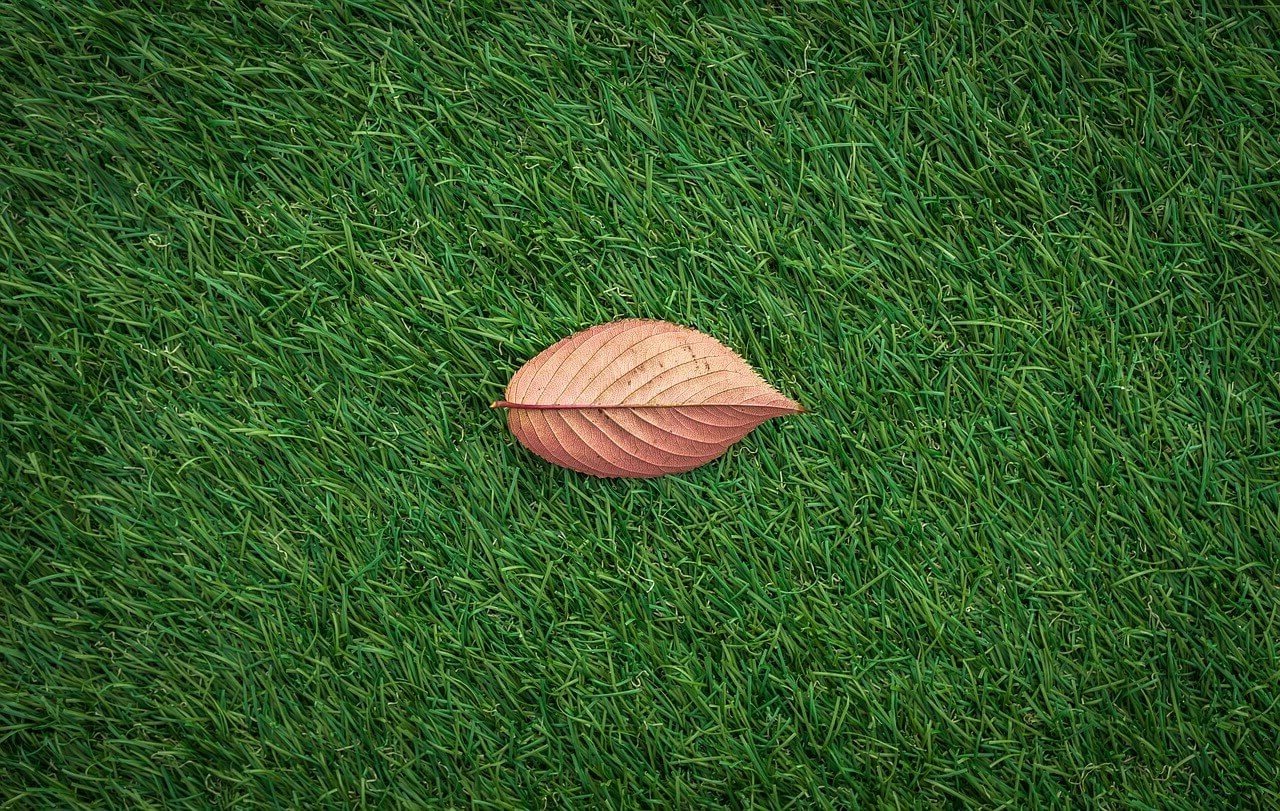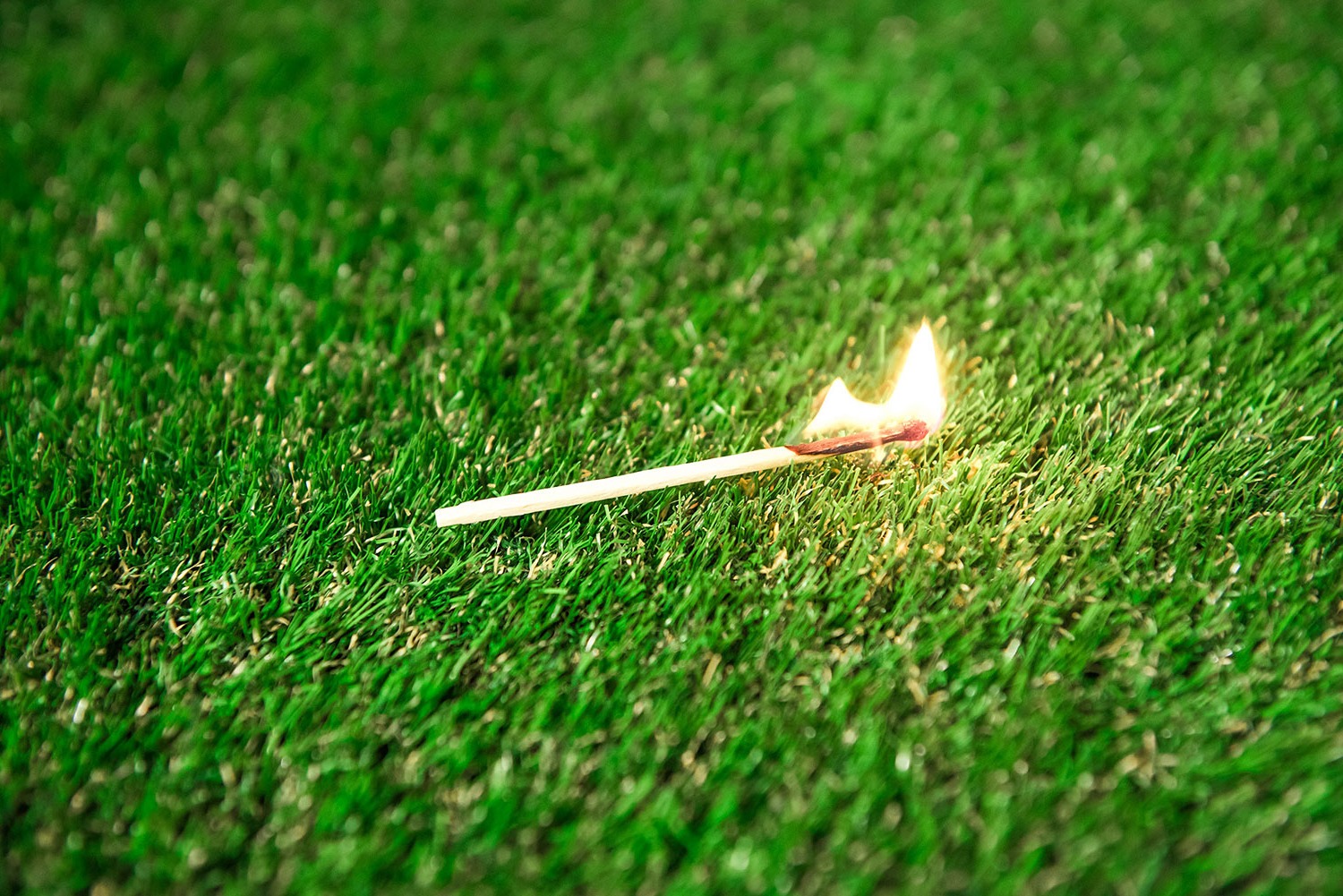Synthetic turf was created to provide various solutions and cover demands that natural turf cannot, among its solutions or advantages is maintenance, which does not need much effort. You simply have to apply a series of maintenance care and the turf will always look like the first day.
You will certainly want to enjoy the eight to ten years that artificial turf normally lasts and you will also want to extend these years of life. If you follow the advice and recommendations below you may be able to extend the life of your artificial turf.
Cleaning artificial turf
Artificial grass is practical and economical, but it also has a number of other benefits, one of which is its maintenance.
Synthetic grass has a long life, but to enjoy it 100% over the years we recommend that you maintain it properly. By complying with this maxim, your artificial turf will always look like new.
Artificial grass maintenance
In this section we give you a series of tips and advice to make the maintenance of your artificial grass easier.

Brushed
Brushing has never been a complex task, and neither is maintaining artificial turf. Brushing is so simple that it can be neglected or practiced incorrectly.
Using a firm plastic-bristled brush, it brushes the artificial turf against the direction of the grass fibres; this way, dirt comes out faster, the fibres stay straight and it helps redistribute the silica sand.
Watering
Although artificial turf does not need water the way natural turf does, you are required to water it once every month or two. This helps keep the lawn clean and fresh.
In the summer you can water the artificial turf several times to keep the area cool. In the winter it is not recommended to water the artificial turf, as the low temperatures will cause the water to freeze.
Sanitizing perfume
Bacteria and insects are always around and artificial grass is prone to these invaders, which is why products such as sanitizers exist.
The product is responsible for keeping the lawn free of bacteria, preventing their proliferation and the invasion of insects. But their function doesn’t stop there, they also give your artificial grass a fresh or recently cut garden smell.
Replacement of silica sand
Silica sand is an important addition to artificial turf to keep its fibres upright, but for this to work, the sand must always be spread evenly over the entire area covered by the artificial turf.
The first thing you need to do is to brush the entire area of the lawn, then you need to start spreading the silica sand evenly.
How do I clean the artificial turf?
We have shown you how to install artificial turf and now we will show you how to maintain and clean it correctly.
With soap and water
This simple mixture is ideal for removing organic-type stains, also for cleaning food and drinks thrown on the artificial grass. In addition, it is useful for removing the smell of urine when the house pet is doing its thing.
With water and bleach or ammonia
If the artificial grass has a stain that is difficult to remove, it is advisable to reduce the stain with plenty of water, then use bleach to remove it.
Bleach is very strong for the grass as it is capable of discolouring it; therefore, it is recommended to reduce the stain with water first. Similarly, it is advisable to use ammonia as little as possible.
With a vacuum cleaner
It is a great option for dry cleaning and serves to remove accumulated dust and debris from artificial turf. It is recommended that when you use the vacuum cleaner you set it to a standard speed, as the maximum power could tear out the fibres.

With perfume sanitizer
Artificial grass can be exposed to bacteria and so the perfume sanitizer is the perfect choice to prevent their proliferation.
If you have small children at home this solution is ideal, even if you have pets.
Artificial grass care
- To prevent the stains from sticking to the artificial grass fibres, it is advisable to remove them in time.
- Dry leaves are removed more for aesthetic reasons, for which we recommend using a special artificial turf brush. If you do not have this brush, a practical solution is a wet rake.
- Having artificial turf outdoors has some consequences, including the accumulation of dirt and dead insects.
- Take care of the embers of the barbecue, although we know that synthetic turf is resistant to fire, it also melts under temperatures above 80º. To prevent this from happening, lay out an area without artificial turf for the barbecue, or protect an area with another much stronger material, for example stone slabs or fireproof carpets.
- Furniture alone will not damage the artificial turf, but if you drag it along it is likely to shed several fibres, which will spoil its appearance.
What can damage our artificial turf?
Here are a few external factors that can damage our artificial grass.
Dry leaves
In the autumn, dry leaves start to fall and if they are allowed to accumulate they will not affect the artificial turf detrimentally, but will allow the accumulation of organic matter.
Dust and environmental residues
When your artificial turf is in an open area it is exposed to dust and matter that is constantly circulating in the air, another unwanted agent is the remains of dead insects.
Piss and pet droppings
Your pets may be surprised to do their business on synthetic turf. Both pee and faeces can be harmful if not removed quickly.
Organic stains
These spots are not exempt from appearing on synthetic turf, especially if traffic in the area is continuous.
Chewing gum
As the gum hardens it becomes a problem. Therefore, it is advisable to remove the gum as soon as possible, you could use ice.


